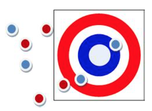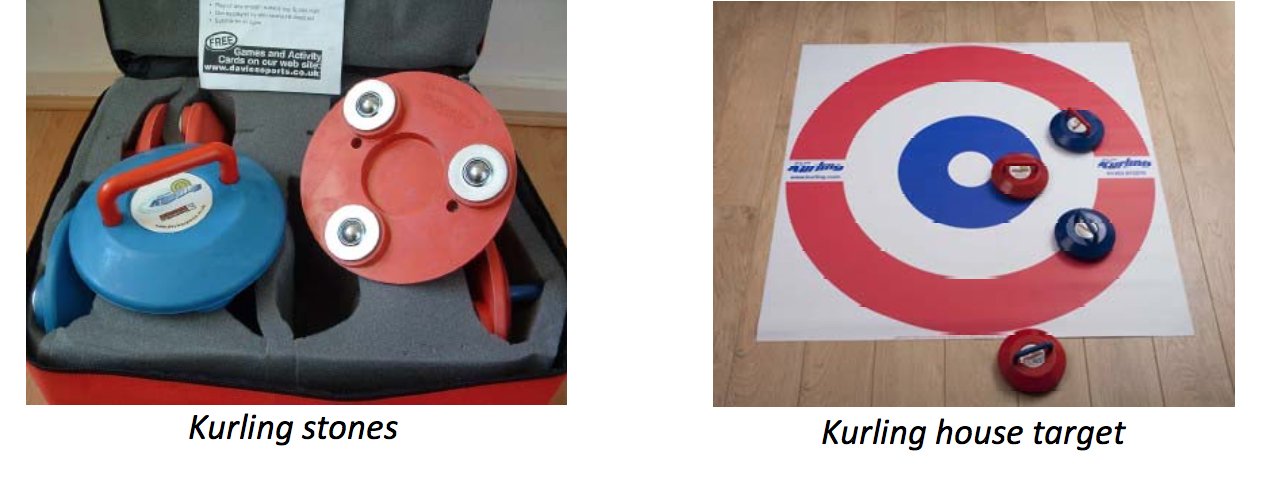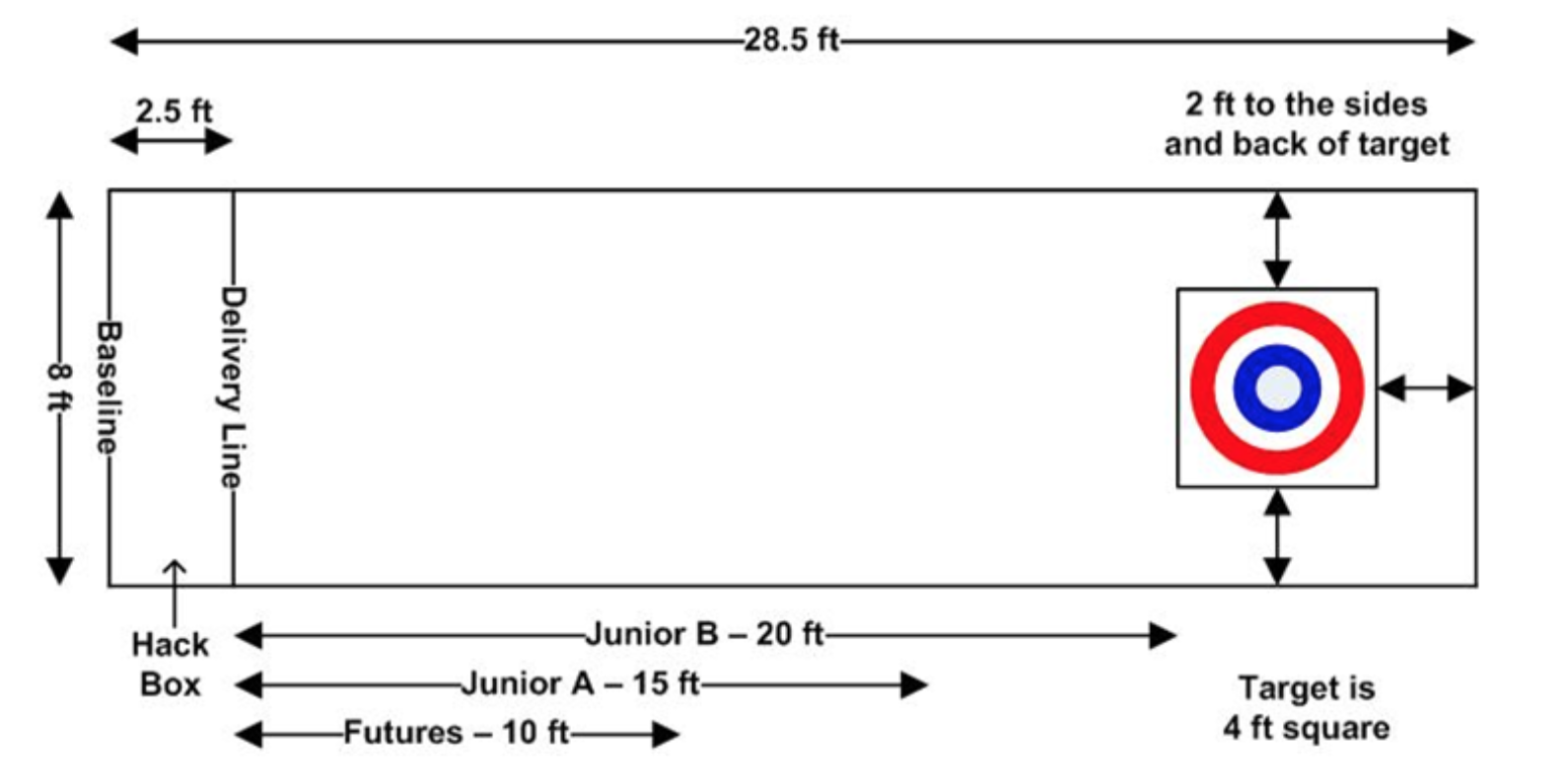- Home
- History of DAAA
-
DAAA Events
-
DAAA National Games
>
- 2024 Baltimore DAAA National Games
- 2023 Austin DAAA National Games
- 2022 Spokane DAAA National Games
- 2021 Balitmore DAAA National Games
- 2020 Austin DAAA National Games
- 2019 San Francisco DAAA National Games
- 2018 Orlando DAAA National Games
- 2017 Denver - Boccia
- 2016 National Games, Boston
- 2015 National Games, St. Louis
- 2014 San Diego DAAA National Games >
-
World Dwarf Games
>
- Regional Events
-
DAAA National Games
>
- FAQ
- Sport Rules
- Disabled Sports organizations
- U. S. Paralympics
- Videos
- Donate
- About
- Contact Us
- Links
- Home
- History of DAAA
-
DAAA Events
-
DAAA National Games
>
- 2024 Baltimore DAAA National Games
- 2023 Austin DAAA National Games
- 2022 Spokane DAAA National Games
- 2021 Balitmore DAAA National Games
- 2020 Austin DAAA National Games
- 2019 San Francisco DAAA National Games
- 2018 Orlando DAAA National Games
- 2017 Denver - Boccia
- 2016 National Games, Boston
- 2015 National Games, St. Louis
- 2014 San Diego DAAA National Games >
-
World Dwarf Games
>
- Regional Events
-
DAAA National Games
>
- FAQ
- Sport Rules
- Disabled Sports organizations
- U. S. Paralympics
- Videos
- Donate
- About
- Contact Us
- Links



